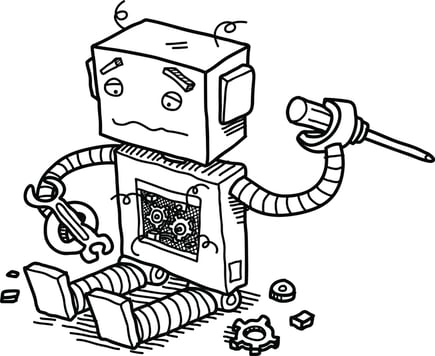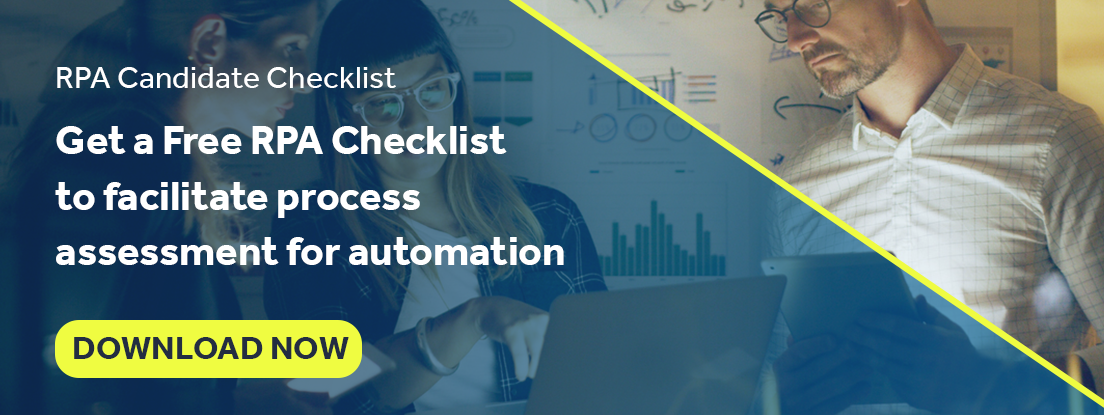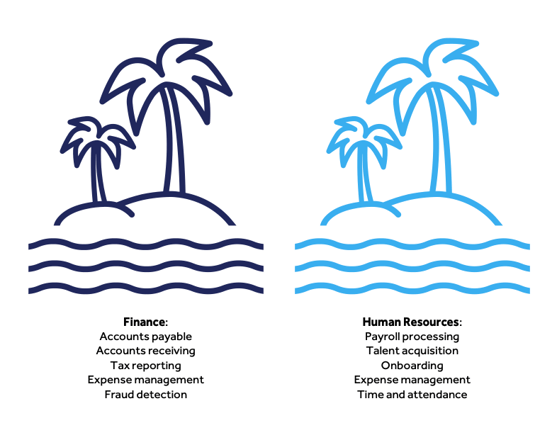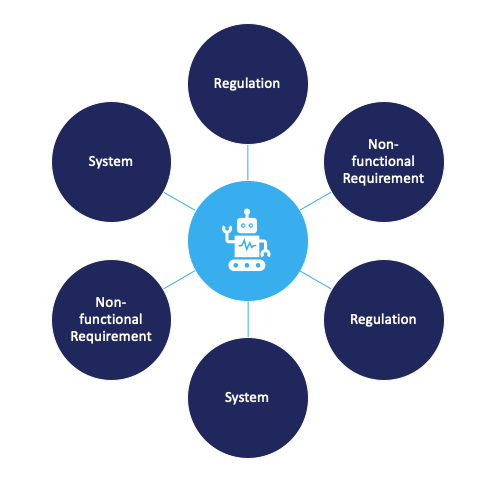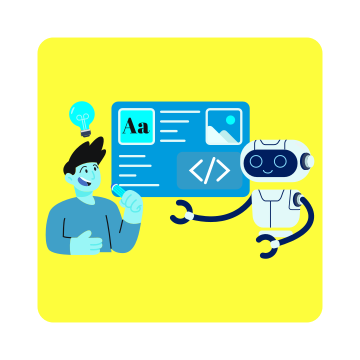7 Hidden Risks of Automation Design in Business
There is no questioning the value enterprises see in automation. It's why the majority of organizations are well past pilot projects and going full throttle on RPA. But the returns and quick time-to-value they were promised haven't been so forthcoming. Instead, enterprises across industries spend the bulk of their time and resources patching up brittle digital workforces that constantly break, keeping their returns low and frustrations high.
That's because there are inherent risks in automation design that will diminish RPA ROI and sink any attempts to scale when not consciously accounted for.
These seven most prominent hidden risks of automation design in business can maximize your returns and get you well on your way to effective automation at an enterprise-scale.
1. Poor Business Process Selection
Before the automation is designed, an RPA candidate must be identified and selected. This is an area of automation many organizations are misfiring on. To put it simply, they're picking the wrong processes that lead to RPA maintenance and support headaches later on.
Beyond defining clear RPA criteria when considering processes to automate, this is why it's so important to have shared IT and business ownership of RPA. IT understands the limitations of automation, ensuring strong business processes are selected as candidates, and the business imparts their expert process knowledge and understands what the organization wants.
2. Failing to Optimize Business Processes Before Automating
It's a simple concept, but it needs to be said: optimizing poor processes will lead to poor automations. RPA isn't just an opportunity to automate repetitive, rules-based processes; it's also an opportunity to drive process improvement through automation.
Inefficiencies, gaps, and waste should be scrutinized and identified in RPA candidates and addressed during the design process. Your RPA project should deliver resilient, high-quality automations that won't constantly break and eat away at the expected business value it should be delivering.
3. Allowing Islands of Automation to Exist
Automation programs based around an RPA Center of Excellence have the standardization and knowledge sharing needed to ensure high-quality automation design that yields resilient digital workforces.
Conversely, organizations with Islands of Automation where different lines of business design and deliver their own independent automations are destined to succumb to the crippling burden of bot outages and RPA downtime. A lack of knowledge sharing, different automation design practices, repeated mistakes, and even siloed RPA tools all lead to high costs and a diminished level of quality whose damaging bite is felt in the long run.
4. No Governance Model
Effective automation design relies on a robust and strong governance model. This is why many organizations have taken the step forward and established their own RPA Centers of Excellence, whose primary responsibility is to define a governance model.
Strong automation design that minimizes risk downstream requires defined processes for identifying, assessing, validating, and prioritizing RPA opportunities. Templates and guidelines are needed to standardize how automation work is designed, communicated, and developed to follow best practices. This also ensures that continuous improvement through lessons learned can be implemented so that costly mistakes aren't repeated over and over again.
Learn more: How to Overcome the Top 3 Challenges of Poor RPA Governance to Maximize ROI
5. Over-automating
Due to the operational efficiency and reduced cost it promises, organizations' business functions push for more and more automation. The pandemic, along with the surges in supply and demand that came with it, amplified this desire. Automation was identified as a prime solution to cope with that volatility, but the rush to automate has resulted in what normally happens when design and development are rushed—fragile automations that break.
Automation requires considerate, conscious design that prioritizes process improvement before the automation is delivered. The process itself must also be connected to all corresponding dependencies, which is key to facilitating better governance and change management.
6. Using Outdated Mechanisms to Communicate Automation Design
There is little logic in investing so much care and sound practice into automation design, only to package it into a paper-based, archaic vessel like a PDD (Process Design Document) or SDD (Solution Design Document). These archaic documents often result in missed requirements, and a bad, fragile bot gets built.
A better, digital way to package and communicate automation design work is needed that prioritizes precise development by offering accessible, explicit guidance to developers that also fosters collaboration with all stakeholders.
7. Failing to Map Dependencies
The most common reason bots break is due to user interface changes the automated process interacts with. In many cases, these errors and outages can be traced back to a major automation design flaw many RPA programs are guilty of: the failure to connect automated processes with their dependencies like the legacy systems and applications they interact with. For enterprises operating in heavily regulated industries, mapping regulatory constraints and the policies and controls they boil down to is also critical.
Comprehensive dependency mapping in automation design allows organizations to manage change better. Robust and meticulous dependency mapping also enables reactive change management to transform into a proactive strategy that minimizes RPA downtime.
This is one of Blueprint's strengths as the most powerful automation design and management solution on the market. Blueprint's Business Transformation Platform delivers a better way to design sustainable, high-quality RPA models and manage change across the RPA lifecycle by developing Digital Blueprints. All regulatory constraints and system dependencies can be connected to your process to be automated and even individual steps of that process in a Digital Blueprint, which is made available and explicit to your RPA developers because this information is packaged and synced with the RPA tool you use for bot development and deployment.
Also, when you connect your automated processes to all dependencies like regulations in Blueprint, any time a change is introduced, you can instantly see which automated processes are impacted and coordinate the proactive actions needed right from Blueprint's Impact Explorer—a core tool in Blueprint's Business Transformation Platform. Download the datasheet and discover all the tools and features Blueprint provides to maximize your automation ROI and enable scale.
Share this
Recent Stories
The 5 Metrics You Should be Tracking Before RPA Platform Migration
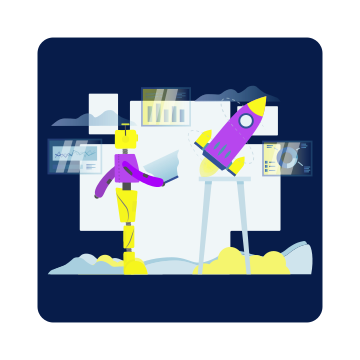
5 RPA Resolutions to Keep for 2024


